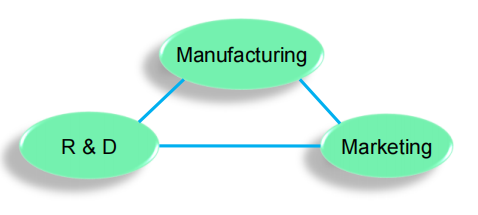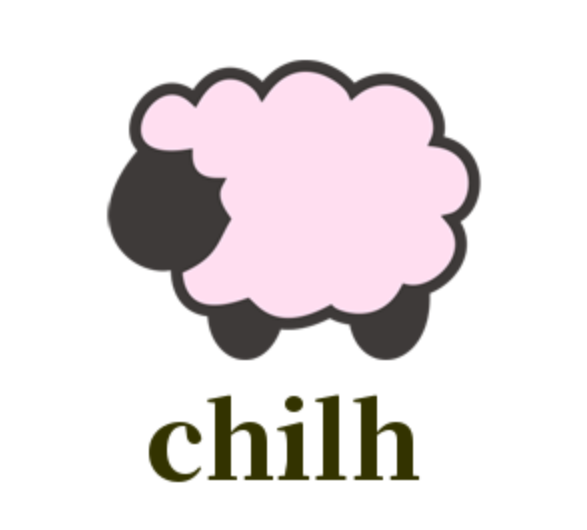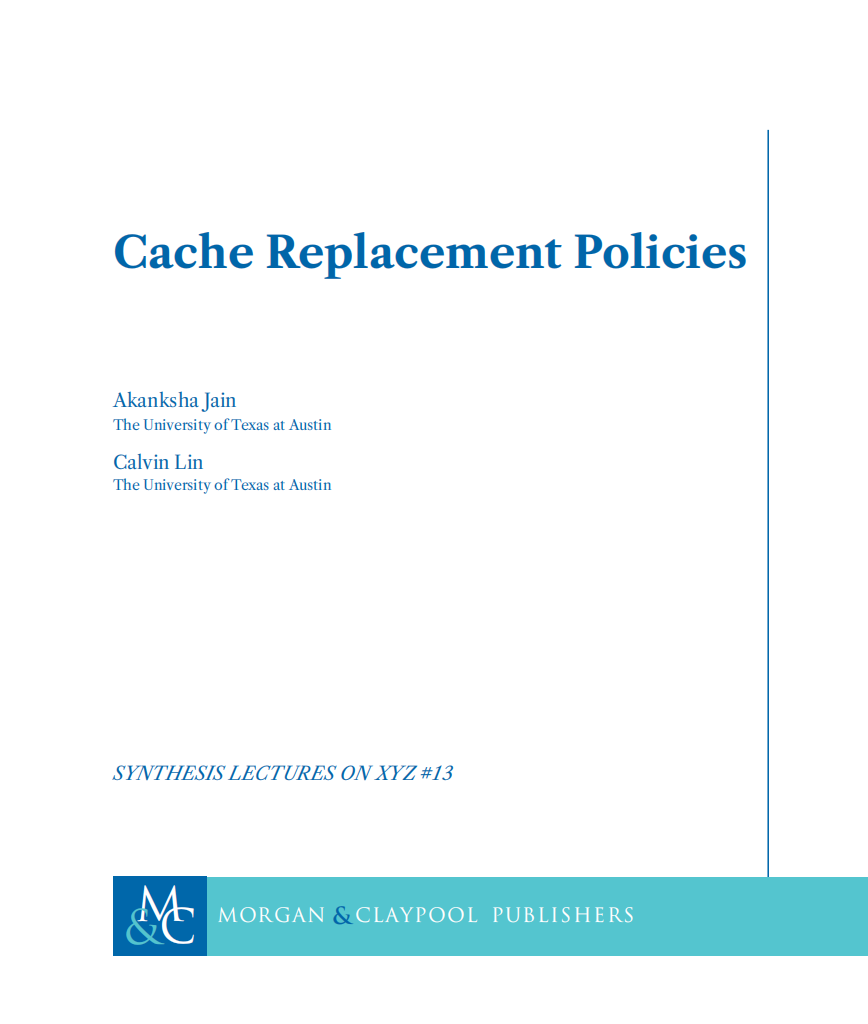产品开发 topic 6
Topic 6 – System Level Design
⚫What is innovation?
⚫ Types of innovation
⚫ Models of innovation
⚫ What makes an innovative company?
1⃣What is innovation?
- meaning to renew, to make new or to alter, new way of doing things
- research product to increase turnover(营业额) and profit
- Is successful implementation of a new improved product or process, a new marketing method, or a new organisational method
⁉Invention vs Innovation
-Innovation = theoretical conception + technical invention + commercial exploitation
-invention can be an innovation even if it is unsuccessful
2⃣Types of innovation
⚫ Product (or service) innovation
⚫ Process Innovation
1.Product Innovation
relate to actual products
Advantages:
⚫ Increased market share
⚫ Public relations
⚫ Enhanced reputation
⚫ Build customer loyalty
⚫ Added value
⚫ Higher prices and profitability
⚫ Competitive advantage
Can lead to process, managementand/or organisational innovation
2.Process Innovation
- Find more efficient and effective ways of
Producing and Delivering existing products
Advantages:
⚫ Reduced costs
⚫ Improved quality
⚫ More responsive customer service
⚫ Greater flexibility
Disadvantages:
⚫Loss of jobs
⚫ re-training of workers
3⃣Models of innovation
1.Linear models
Technology push

Market pull

Universities & industry liaison(联络)

2.Simultaneous coupling

3.Interactive
- Takes simultaneous coupling one step further
- No starting point
- links between the organisation (internal external) with the marketplace and science base .

4⃣What makes an innovative company?
Growth orientation(定位):long-term process、 requir investment.
vigilance(警觉):By SWOT analysis Identifying threats, opportunities.
commitment to technology(技术承诺):Need Long-term commitment.
acceptance of risks:Risk assessment strategies and balanced product portfolios.
cross-functional cooperation:removal of inter-departmental conflict.
Receptivity:the ability to accept technologies from outside of the company
Joint activities allow knowledge sharing.
slack(宽松管理):Allowing individuals time to think and investigate . flexibility on milestones.
adaptability: Ability for companies to adapt as required.
diverse range of skills.









